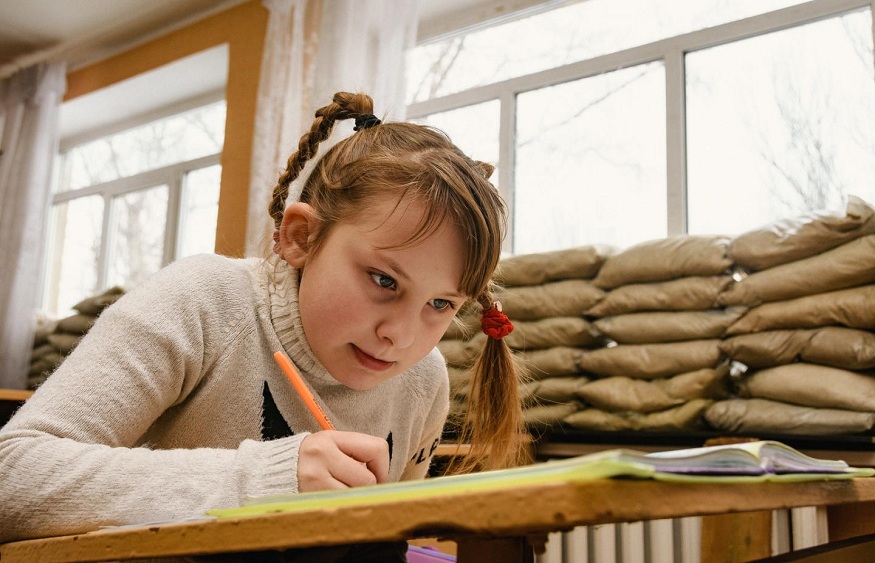In this article we analyze dropouts in primary education in Senegal using generalized hierarchical models using data from a longitudinal survey from 1996 to 2001 and a retrospective survey from 2003 on the households of the same pupils. . The results show the highest exposure to the risk of dropping out of school for students from groups carrying out certain professional activities. The results also confirm that girls are more likely to drop out of school than boys. The existence in
Abstract
The cohort of pupils. The model’s estimates imply that children of households belonging to some socio professional groups are more exposed to dropping out. The results also confirm that the probability for girls to leave school is higher than that of boys. The presence in the household of youths attending secondary school has a positive impact on the retention of children in primary school. Other results are the positive influence of book availability and the negative impact of rare education supply in the community.
Senegal’s education system has made significant progress in terms of access to primary education. Its gross primary school enrollment rate increased from 68.3% in 2000 to 82.5% in 2005. However, it is still marked by a weak capacity to advance a significant proportion of pupils, from the beginning to the end of a cycle, due to dropouts and repetitions which are still high. The internal efficiency of the Senegalese education system can be put into perspective by comparing it with that of other African countries. For all English-speaking and French-speaking African countries, the efficiency index associated with dropouts was, on average, 80%, and that relating to repeaters, only 93% (Mingat and Suchaut, 2000). In Senegal, when we follow the same cohort of pupils in the primary cycle, the efficiency rate averaged 58% in 2003 (Diagne, 2004). Furthermore, dropouts contribute more to inefficiency than repetitions. Thus, their respective contributions to the efficiency index are estimated at 66% and 34% (Diagne, 2004). Furthermore, a child risks falling back into illiteracy if he does not complete at least five years of primary education. A strong improvement in internal efficiency, through a significant reduction in dropouts and repeaters, would increase the capacity of the Senegalese system to make rapid progress towards the Millennium Development Goals (MDGs) in the field of education.e , 4 th and 6 th years of study).
These measures will contribute to a drastic drop in repetition rates. Drop-outs are therefore the area where much remains to be done. However, unlike repetition, administrative decisions alone will not solve the problem of keeping children in school, which is above all a matter of the demand for education. To act effectively against dropouts, it is first necessary to know why some pupils leave school earlier than expected. In this area, any policy that does not take into account the factors underlying the phenomenon would be ineffective.
Thus, the purpose of this study is to understand the factors that influence dropouts in primary education in Senegal. First, it uses the information provided by two databases which have been merged in order to have a wide range of variables likely to influence the decision to drop out of primary school early. Second, it takes into account the nested structure of the data, namely the students in their communities. In analyzing this information, it is particularly important to consider the variability associated with each level of embedment. There is, in fact, variability both between students and between
Much work has focused on the determinants of school failure in developing countries, with emphasis on dropouts. The explanatory factors for girls dropping out of school have received particular attention, no doubt because many studies have proven that girls’ primary education has significant social benefits, for example, in terms of reducing mortality. childbirth, female fertility and child health and nutrition (Subbarao, Raney, 1993; Ainsworth, Beegle, Nyamete, 1995).
In developed countries, many studies have shown that boys seem to present a greater risk of dropping out than girls, although recent work tends to prove that the sex of the child loses its predictive value once the variables of school (failure, motivation, delay) and family risks
Among the most important risk factors are: weak intellectual and verbal skills, school failure and retardation, weakened motivation and a sense of competence, lower academic aspirations, problems with aggression and indiscipline, absenteeism, and low investment in school and extracurricular activities (Bachman et al. , 1971; Howell and Frese, 1982; Cairns and Neckerman, 1989; Janosz et al., 1997). The work of PASEC, on the practices and consequences of grade repetition in Senegal, has established that grade repetition, when repeated, leads to more dropouts in primary school (PASEC, 2004). These results also establish that the older a student is, relative to the average age of the class, the more his probability of dropping out increases.
The influence of family characteristics is also of great importance. Research results indicate that children who come from disunited or reconstituted families, with low income or economic dependence, where there are several children, and whose parents have little education, are more likely to drop out of school

